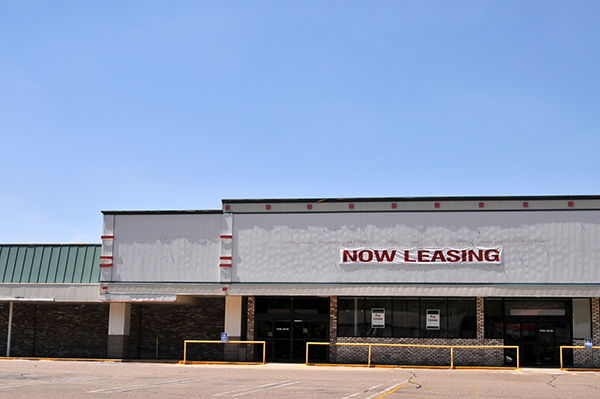
Are They Really Faster and Cleaner?

In October 2020, the Department of Energy (DOE) adopted a rule defining a new dishwasher class as “standard residential dishwashers with a cycle time for the normal cycle of one or less from washing through drying.”[1] Not long after passing the 2020 Dishwasher Rule, the DOE created an analogous rule creating new classes of “top-loading clothes washers and consumer clothes dryers” having a “normal cycle time of less than 30 minutes.”[2] Then, in January 2022, the DOE repealed the 2020 Dishwasher Rule and 2020 Laundry Rule (the “Repeal”). Consumer Reports took note:
“Not so long ago you could count on most washers to get your clothes very clean. Not anymore. Our latest tests found huge performance differences among machines. Some left our stain-soaked swatches nearly as dirty as they were before washing. For best results, you’ll have to spend $900 or more.” (Italics added).
“What happened? As of January, the U.S. Department of Energy has required washers to use 21 percent less energy, a goal we wholeheartedly support. But our tests have found that traditional top-loaders, those with the familiar center-post agitators, are having a tough time wringing out those savings without sacrificing cleaning ability, the main reason you buy a washer.”
A group of states, led by Louisiana (state motto: “Union, Justice and Clean Laundry”) sued to overturn the repeal and to return to the halcyon days when clean laundry was king. Don Henley, who made a living on the evening news, summed up the sentiment of the suing states:
You don’t really need to find out what’s goin’ on
You don’t really wanna know just how far it’s gone
Just leave well enough alone
Eat your dirty laundry
The DOE and the states aired their dirty laundry in front of the United States Court of Appeals for the Fifth Circuit. In favor of speed cleaning, the Fifth Circuit noted:
Appliances including dishwashers, clothes washers, and clothes dryers with faster normal-cycle completion times that also maintain cleaning and drying effectiveness, such as dishwashers that complete a normal cycle in one hour or less, are desirable in the bunkhouse setting. Such features are beneficial and productivity enhancing, since they would permit faster washing and completion of additional cycles during the workday.[3]
The States argued that the DOE’s repeal actually had the opposite effect of what was intended – higher efficiency: “They make Americans use more energy and more water for the simple reason that purportedly ‘energy efficient’ appliances do not work” requiring the use of more energy and water to “preclean, reclean, or handwash their stuff before, after, or in lieu of using DOE-regulated appliances.”[4] The evidence presented to the Fifth Circuit showed that “dishwasher cycle time has increased from around one hour at the advent of DOE’s conservation program to around two and a half hours in 2020.”[5]
In a 25-page opinion, the Fifth Circuit ultimately found that DOE’s Repeal was “arbitrary” and “capricious” and sent the matter back to the DOE for further proceedings. To come to this opinion they looked at the connection between the facts found and the decision made. They argue that the DOE does not have the authority to regulate water usage and that the DOE did not consider the negative consequences of re-washing, pre-washing, and hand-washing clothing. In trying to conserve water and make machines more efficient, these new rules have had the opposite effect.
The next time you are considering purchasing a dishwasher or clothing washer, be sure to look at the overall functionality of the machine. Do not be swayed by the “more efficient” fast cycle terms.
[1] See Establishment of a New Product Class for Residential Dishwashers, 85 Fed. Reg. 68723 (Oct. 30, 2020) (the “2020 Dishwasher Rule”).
[2] See Establishment of a New Product Class for Residential Clothes Washers and Consumer Clothes Dryers, 85 Fed. Reg. 81359 (Dec. 16, 2020) (the “2020 Laundry Rule.”) .
[3] Louisiana v. United States DOE, No. 22-60146, 2024 U.S. App. LEXIS 507, p. 7-8 (5th Cir. Jan. 8, 2024)
[4] Id. p. 14.
[5] Id. p. 15.





